
Schedule Intro
A representative from Calyos will reach out to you to plan an introductory web call where they will explain how our technology works and demonstrate the applications and benefits of it.

A representative from Calyos will reach out to you to plan an introductory web call where they will explain how our technology works and demonstrate the applications and benefits of it.
Newsletter
Location:
DATE:
.png)
Two-phase cooling takes origin from the space industry. We already touched on this in a previous newsletter( The Origin: Where curiosity took flight ) where we explored Calyos’ story. But it’s not the first time that a technology has a dual use in both Space and Earth.
Just think about:
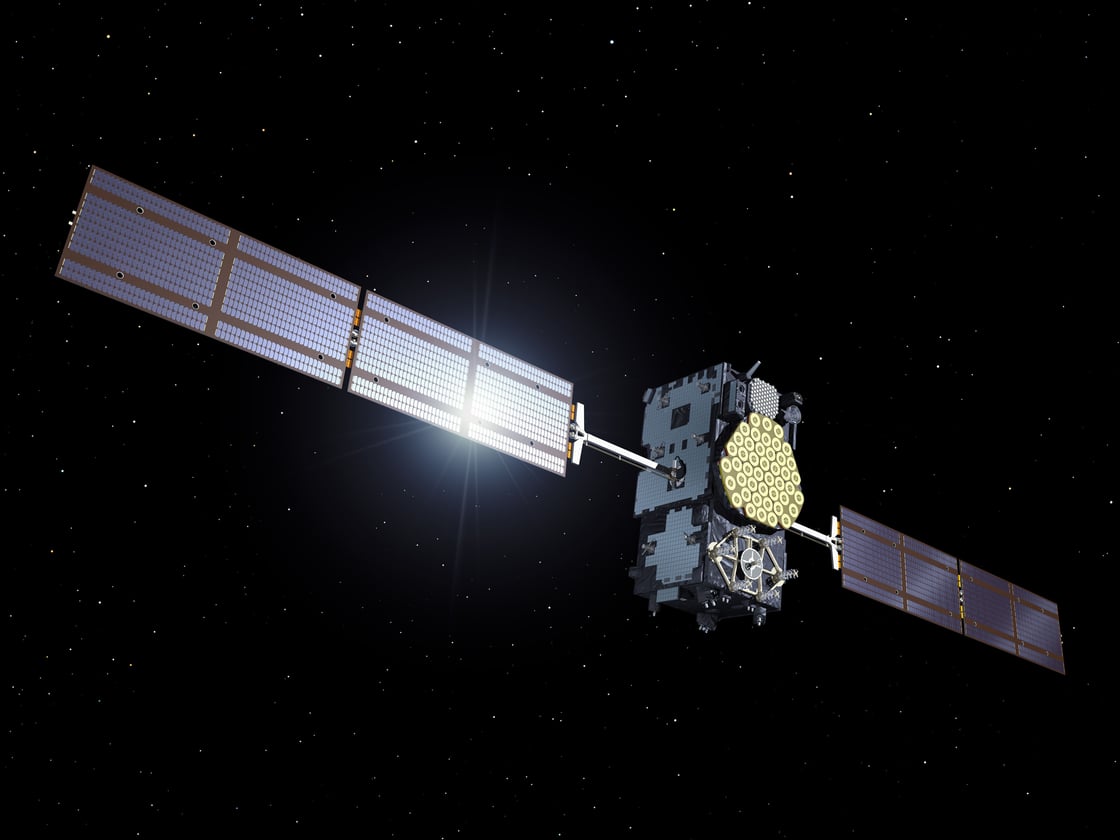
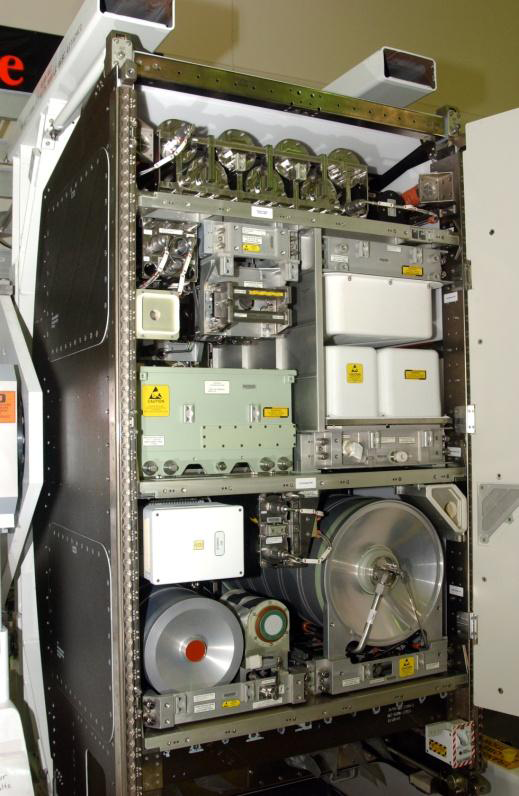
In the same way that these technologies help solve 21st century challenges, such as energy transition, sustainable water usage,..., two-phase cooling is on the same way by making a breakthrough in hardware cooling systems used for data centers, computing, energy infrastructures and e-mobility applications.
Let's see how.
Two-phase cooling relies on two fundamental principles that you can keep in mind:

i. Every time you leave your coffee on the table, it cools down. This is due to the natural transfer of heat from hot coffee to the cooler air.
→ Heat always naturally flows from hot to cold.

ii.Every time you boil water for cooking pasta, you see vapor rising. Indeed, the heat applied to your pan is transferred into the water. As the water absorbs that heat, it turns into vapor . And that vapor carries the heat away, that may be visible on your kitchen windows.
→ When a liquid absorbs enough heat, it turns into vapor .
→ That vapor carries heat away.
These principles play a key role in two-phase cooling and help you understand it intuitively.
In space thermal management , the objective is to take the heat from a hot source (location A, e.g. a telecommunication electronic system) to bring it to a cold source (location B, e.g. space vacuum) . This process follows three main steps:
I illustrated them below:

This is precisely the approach we use to design passive two-phase cooling for any application:
This methodology gives a clear and precise view of the heat removal process, and makes it easier to identify where local improvements can boost overall efficiency.
To understand the key changes brought by two-phase cooling, let's take a real-world example , such as cooling a chip, like the kind you’ll find in computing servers, or ADAS systems in automobile.
The schematics below present two different cooling approaches:

In air cooling, heat absorption (1), transport (2), and rejection (3) are all handled by air.
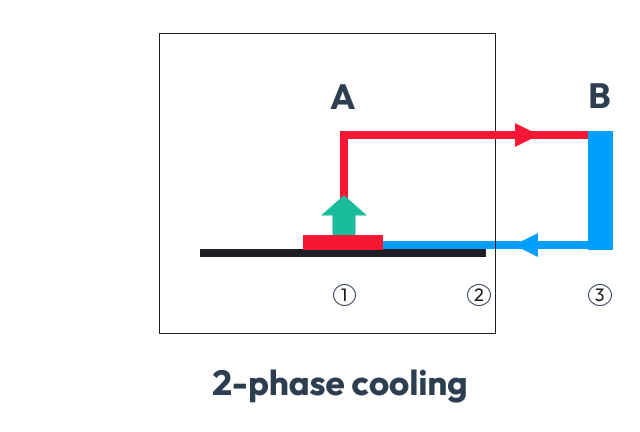
In 2-Phase cooling, heat absorption (1), transport (2), and rejection (3) are all handled by a dielectric fluid.
Note that the modes of heat transfer differ between air cooling and two-phase cooling. This will be discussed in a separate topic.
Another fundamental element which differentiates these systems and makes passive 2-Phase cooling unique is :
→ the driving force.
(Indicated by the green arrow in the schematics above). This driving force makes your cooling system work. In air cooling and passive two-phase cooling, the characteristics of this driving force change:
→ No external energy is needed.
→ We bring the hot to the cold . Not the cold to the hot.
Just like your coffee naturally cools down by releasing heat from hot to cold.
💡 In conclusion, whenever you design a system and want to implement a cooling solution , you can always ask yourself :
This helps anyone working with electrical or hardware systems to better plan the design and implementation of the cooling solution that will be integrated into the system.
Another element to consider when designing any cooling system is the environment in which it operates. Space and Earth are radically different — which is why a system designed by Euro Heat Pipe for orbital missions use fluids and material very different from those used by Calyos for terrestrial applications.
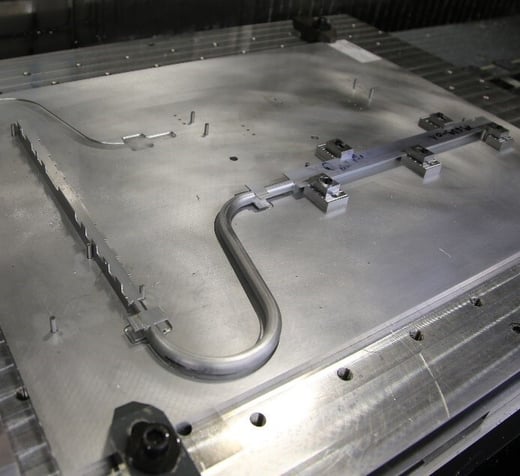
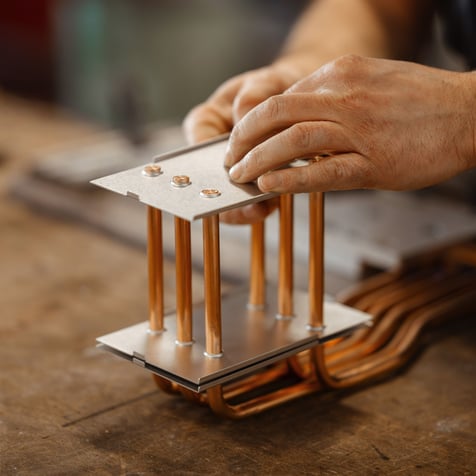
But space environment offers key insights that can inspire solutions for some of the most demanding use cases here on Earth:
In space, cooling systems must work with very low power and no maintenance access. This led to the use of two-phase closed-loop cooling designs where no external energy input is required. The system operates with its internal driving force. I’ll cover the nature and origin of that driving force in more detail in a future topic.
→ This kind of system is therefore suitable for any terrestrial application requiring high reliability and self-sustained cooling operation.
Air-cooled systems on Earth rely on multiple parameters, including the heat exchange surface between the airflow and the hot component, and the air mass flow rate (related to fan power). As in space, there’s no air and no fans, engineers put all their efforts on improving heat exchange surfaces.
→ This led to advanced surface designs, now used in ground applications that require large exchange surfaces for high heat flux electronics.
Even if space is calm , during launch, electronics and cooling systems face strong vibrations. That’s why space-grade cooling systems are designed to handle motion and acceleration.
→ This makes them suitable for mobile applications like aircraft or off-road vehicles.
💡Whenever you're looking to implement a cooling solution, always start by defining the environment your system will operate in:
By understanding these fundamental shifts brought by two-phase cooling, we hope to help engineers and designers see heat more as part of the solution rather than the problem .
Further reading:
Who We Are
Calyos is a leader in the design and manufacture of two-phase thermal management systems. Building on our heritage from Euro Heat Pipes (EHP) and their space technology expertise, we specialize in innovative cooling solutions that tackle the thermal challenges of tomorrow.
What We Do
We engineer advanced cooling technologies, including loop heat pipes, micro-channel heat pipes, and pulsating heat pipes, to optimize thermal performance across a variety of applications. Typically these include: power electronics, processors, and batteries, but we don't stop there we are continuing to develop and produce fully customizable solutions for other specific needs, for example e-motors and fuel cells.
Where We Operate
Calyos is headquartered in Charleroi, Belgium, where our engineering and production teams work side by side in a state-of-the-art facility. From this base, we serve a global clientele, providing our cutting-edge solutions across North America, Asia, Europe, and South America.
When We Started
Calyos was incorporated in 2014 as a spin-off from Euro Heat Pipes (EHP), which was established in 2001 and has become a major player in the European satellite market. Since then, Calyos has been adapting and evolving EHP's space-grade cooling technologies for terrestrial applications.
Why We Matter
Our mission is to lead the industry towards adopting the most effective and sustainable thermal management solutions. We aim to address the most pressing thermal challenges in the data-driven and electrified environments of today, leveraging passive cooling technologies to achieve superior efficiency and environmental stewardship.
How We Succeed
Our success is driven by our commitment to four core values:
1. Applied Knowledge - Transforming deep technical expertise into market-ready solutions.
2. Better Together - Emphasizing collaboration with all stakeholders to enhance our collective success.
3. Inherent Flexibility - Adapting our solutions and practices to keep pace with evolving market demands.
4. Continuous Research - Persistently innovating to maintain our leadership in thermal technology.